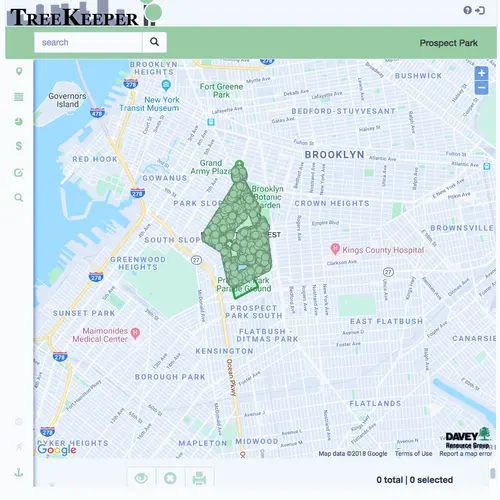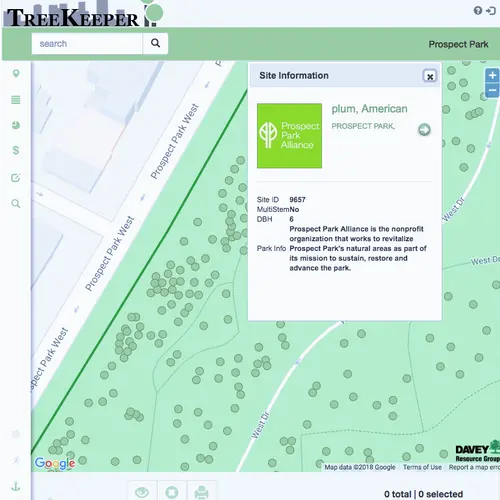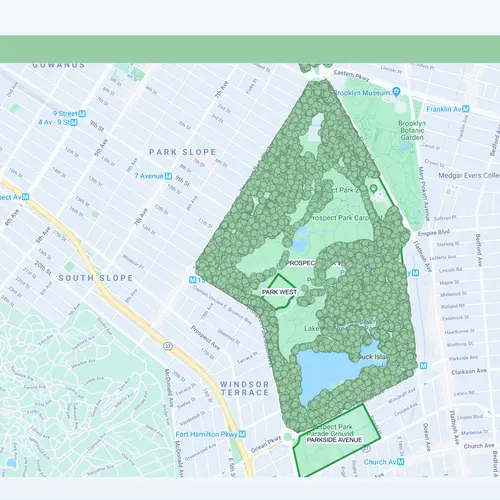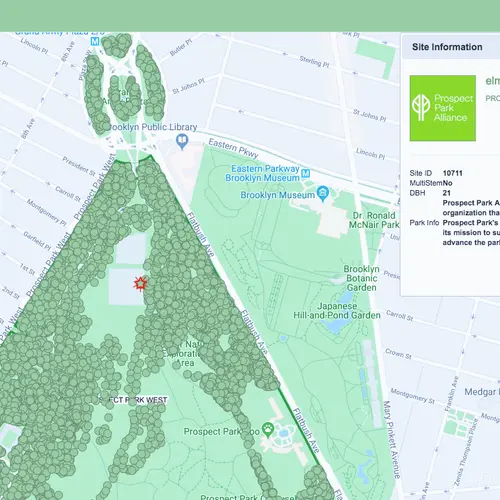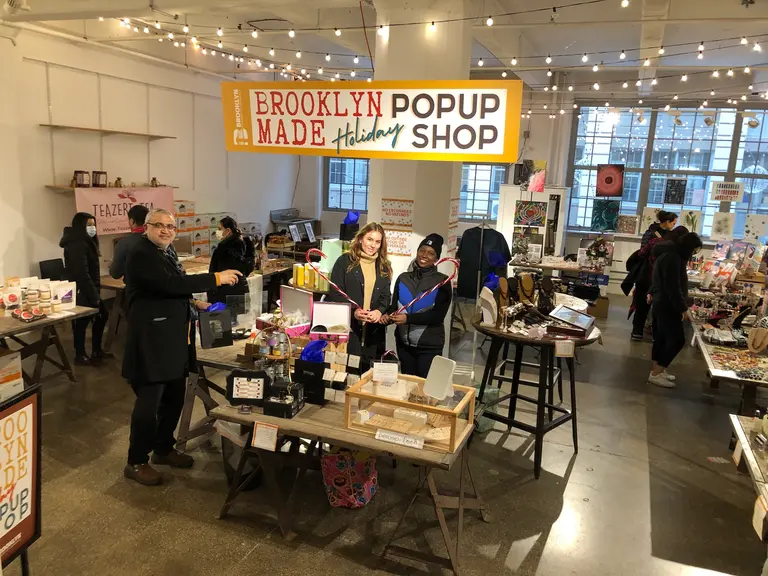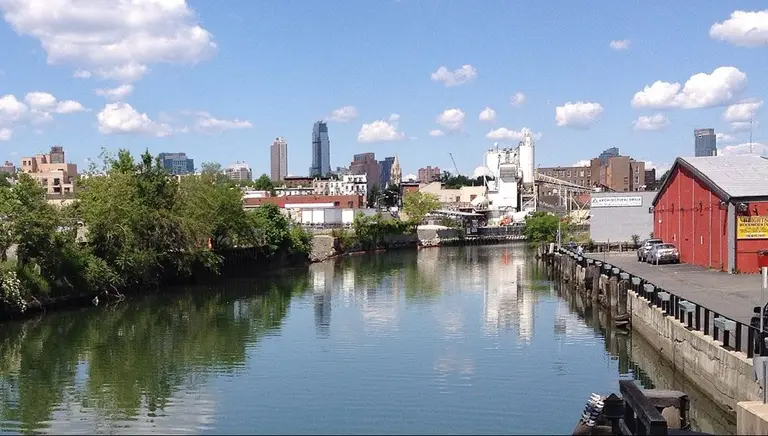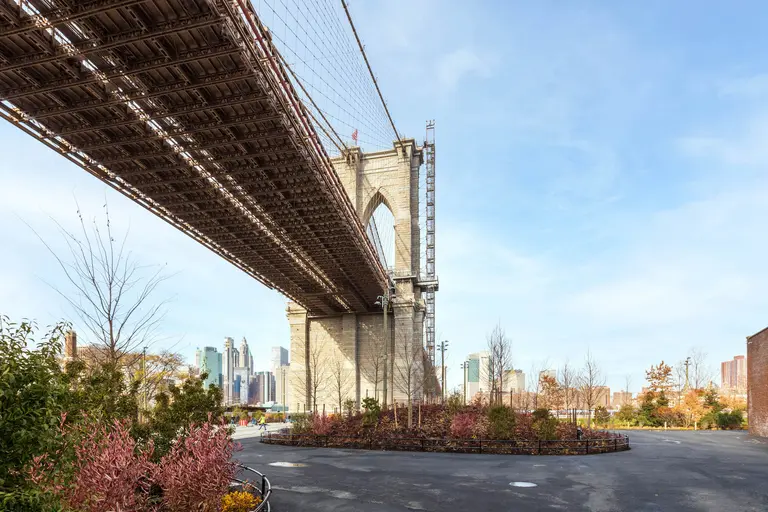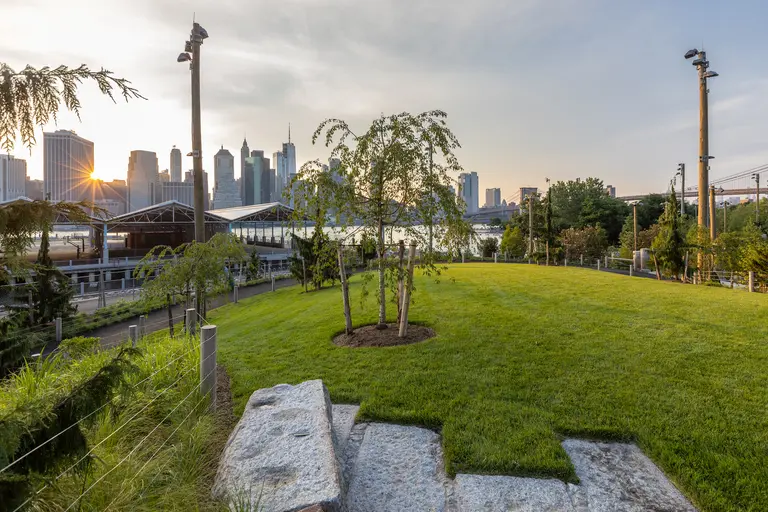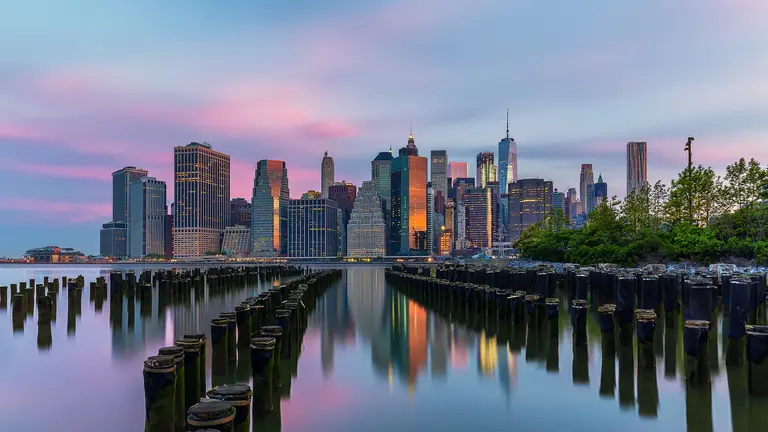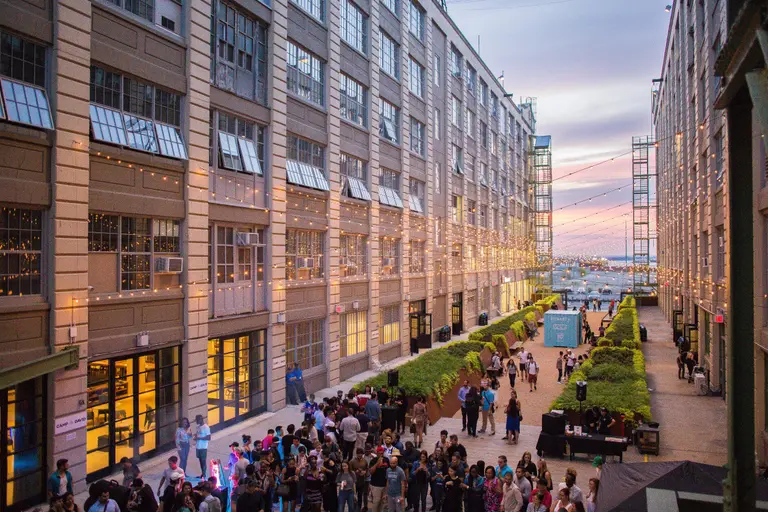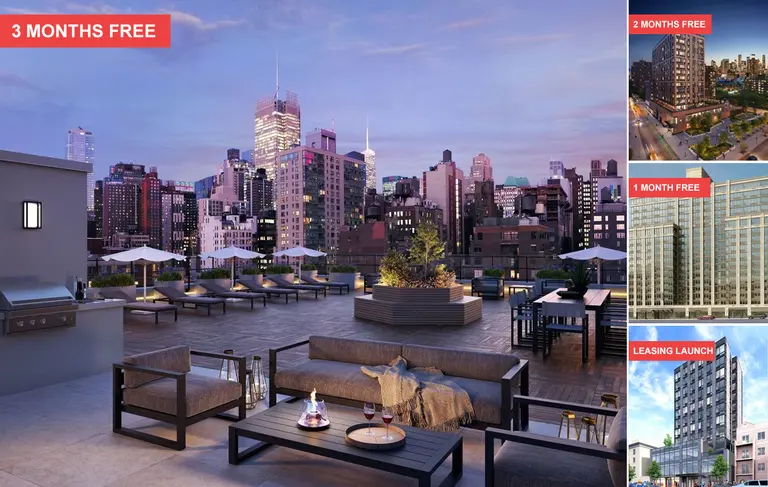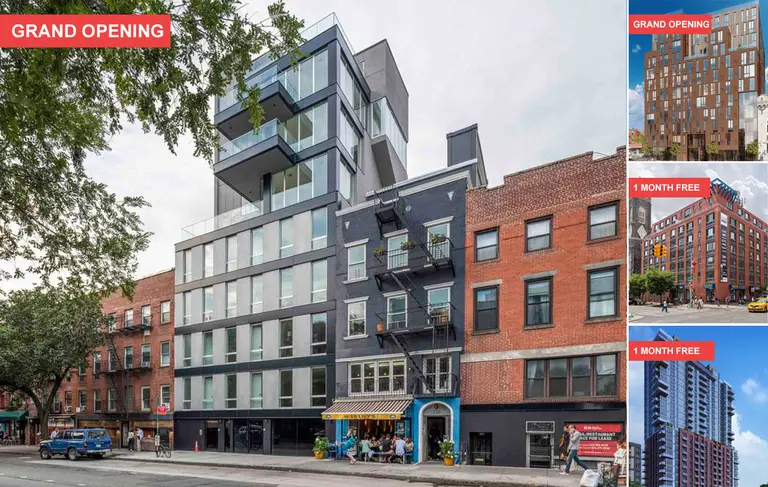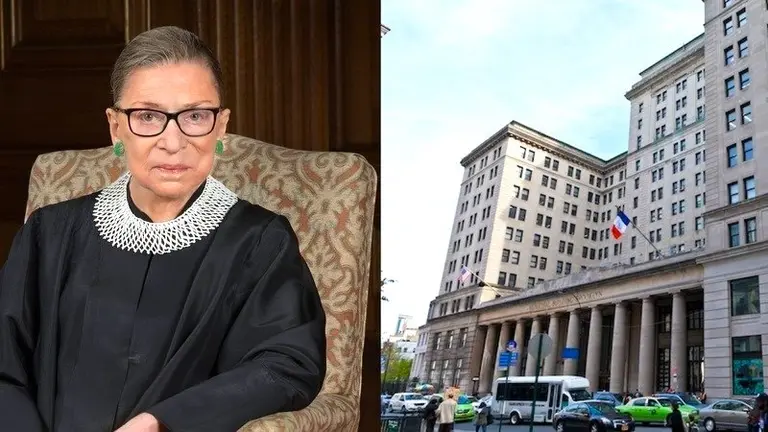Interactive map lets you explore Prospect Park’s 200 tree species
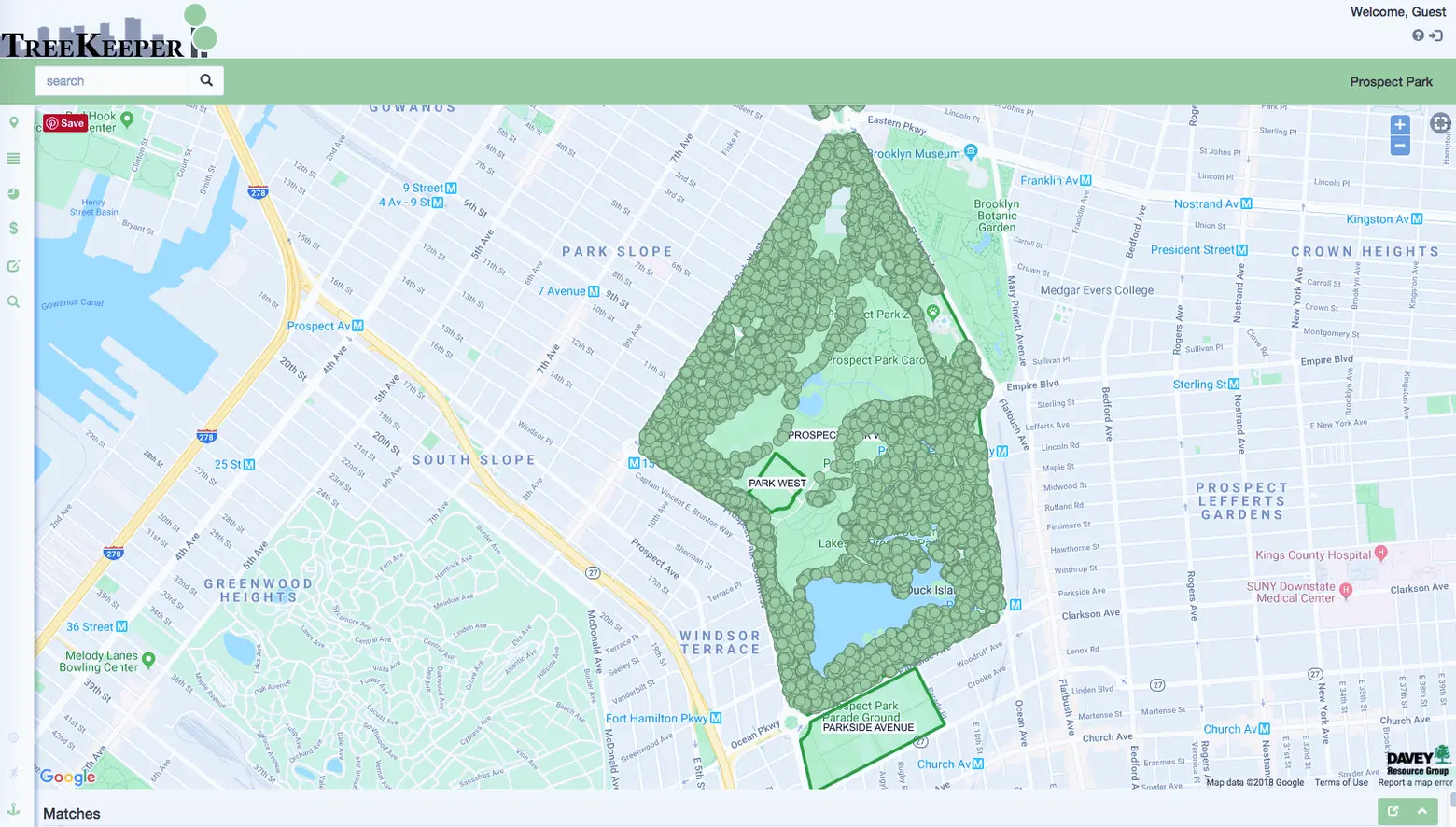
Through a $75,000 Urban Forestry Grant from the New York State Department of Environmental Conservation, Prospect Park Alliance recently surveyed about 12,000 of the park’s 30,000 trees. The survey provides a nuanced picture of the park’s ever-changing ecosystem and important insights into the economic, environmental and health benefits of “Brooklyn’s backyard.” You can view an interactive map of Prospect Park’s trees and their benefit to the community here; you can also examine the results on the Prospect Park TreeKeeper Interactive Map.

The park is home to 84 genera and 193 species of trees including native cherries, maples and oaks as well as less common species like Southern magnolia, a fragrant, flowering tree whose northern range is growing due to climate change, and the bald cypress, which usually grows in swampy conditions. Using the TreeKeeper Interactive Map at the Prospect Park TreeKeeper website, you can identify the 12,000 mapped trees in Prospect Park (interior woodland areas of the park are still to come).
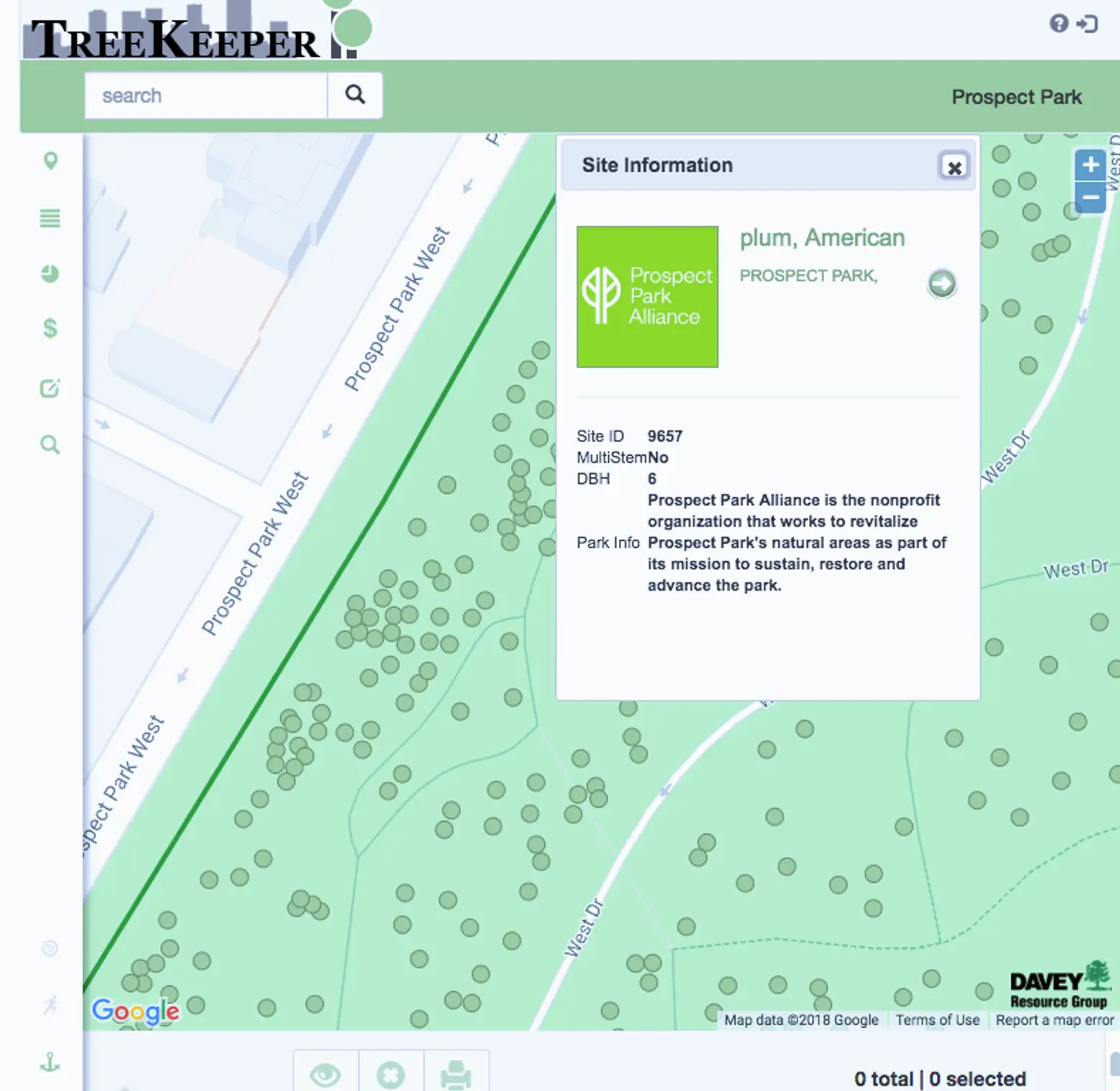
During the survey, arborists inventoried trees in the landscaped areas of the park–a total of 12,268 trees. Among the findings:
- The surveyed trees provide more than $1.5 million in annual environmental benefits. This includes:
- Air quality: 24,000 pounds of pollutants removed from the air each year, valued at $125,000;
- Greenhouse gas benefits: 3,000 tons removed from the air, valued at $17,000;
- Energy benefits: equivalent to 1,000 megawatt hours saved, valued at close to $700,000;
- Stormwater runoff benefits: 21 million gallons saved from the city sewer system, valued at $172,000.
- The largest tree surveyed has a diameter of 77 inches, or 6 feet, 5 inches across! This specimen tree, an American elm located near the Bandshell, is estimated to be over 100 years old.
The inventory also identified challenges faced by the park’s trees.
- The overall condition of the inventoried tree population is rated fair, however, 8% of the inventoried trees had stress caused by humans.
- Emerald ash borer, an invasive beetle, was detected in the park’s ash tree population. And, though they have not been detected in Prospect Park, Gypsy moths and Asian Longhorn beetles pose the biggest threats to the health of the inventoried tree population.
- A tree survey metric, “replacement value,” describes the historical investment in trees over time. The surveyed park trees have an estimated replacement value of more than $59 million!
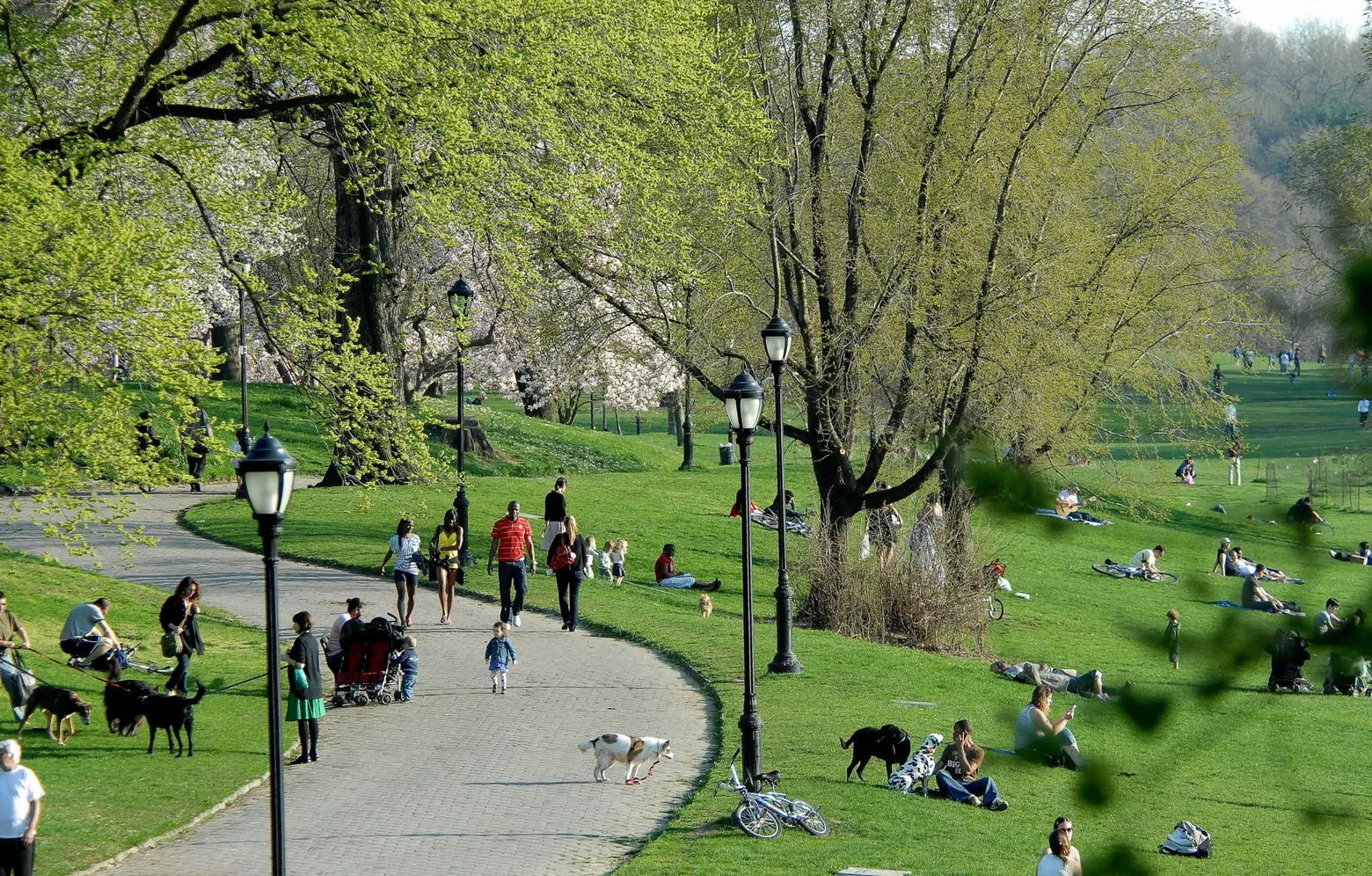
Photo by Elizabeth Jeegin Colley for the Prospect Park Alliance
In completing this report, survey firm Davey Research Group put together a Prospect Park Tree Management Plan, charting out the tree maintenance and planting needs in the park for the next five years. Contributions from community members help sustain the park’s trees and fund the Alliance’s team of arborists and natural resources crew. One way to support this important work is through the Alliance’s Commemorative Giving Tree Program. During planting seasons that take place each fall and spring, members of the community have the opportunity to plant a new tree in Prospect Park; learn more about how to get involved.
RELATED:
